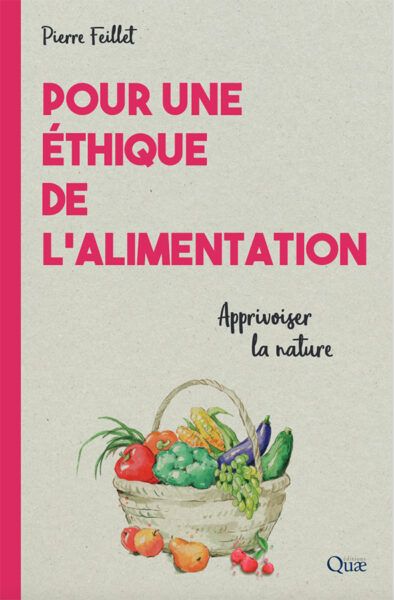Over quite a short period of time, China has become a dominant player in the global economy. In thirty years, the country has moved from being a preponderantly peasant state to an economic power of the first order. Projections made by economists and various international institutions suggest that China ought to be the leading economy in the world by 2030 or 2050. According to the French research centre in international economics, the CEPII, China’s economy represented 10% of global GNP in 2010, but could represent in the region of 21% in 2030 and 33% in 2050.
However, China’s achievements must not be allowed to mask its fragilities, beginning with agriculture and the supply of food to its population. It is, admittedly, often described as ‘the workshop of the world’ and the ‘number one creditor nation’, but it stands out for its genuine vulnerability where agriculture is concerned-a point too often underestimated or even left out of account altogether.[1] Several observers have pointed out that China’s accelerated industrialization involved a process of securing supplies of raw materials for industrial or energy purposes, but the question of agricultural produce was not taken greatly into account. Yet this pattern of development represents an important constraint that should be highlighted, insofar as it raises the question of food security. Food security is assessed from the standpoint of self-sufficiency in grains and, more particularly, cereals. In 1996, the Chinese government set the threshold it must not fall below at 95% self-sufficiency in grains. Yet Chinese food production is caught in a vice between a constantly rising and diversifying demand and declining areas of cultivated land.
The aim of this article is to show up this vulnerability on the part of China in the agricultural field, by focusing on the question of land availability.
[1] BERGÈRE Marie-Claire, Chine, le nouveau capitalisme d’État. Paris: Fayard, 2013; MEYER Claude, La Chine, banquier du monde. Paris: Fayard, 2014.



